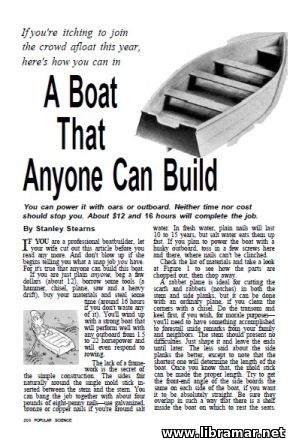Jack-Up Rigs

Jack-up drilling rigs are built as drilling platforms with jack-able legs. The platform will float when the legs are retracted and can thus be moved around the world on water. The jack-up rig is one of the most versatile rig designs available. The largest jack-up type rigs can work in water depths up to 150 meter and can also work in very shallow water depths. Among the many advantages of the jack-up rig is the fact that as soon as it is jacked up and into drilling position, it is a very stable platform and does not need motion compensation of any sort as required by a floating rig type.
Most jack-up designs today consist of a triangular hull with one leg in each corner. The hull is several floors high (thick) and contains most of the “indoor” equipment required to make the rig work. Indoor equipment includes generator sets, mud pumps, mud mixing and cleaning systems, bulk stores, mud tanks, water and fuel tanks as well as all the systems required for a hotel with accommodation for at least 100 people.
Attached to the top of the hull is first and foremost the living quarters and offices; on relatively old oil rigs, these can still be located below deck level, but this is not allowed anymore). Also on the topside is the drilling package itself, often contained on a cantilevered skid which enables the drilling package to center itself over different slots or wells. The rig is often used to drill production wells from templates or jackets with many well slots and for this reason is required to be able to crisscross over a grid of well heads.
The drilling package is located between two of the corners and positioned in such a way that the drilling package is stable and has maximum load bearing capability.
a way that the drilling package is stable and has maximum load bearing capability.
The legs on a jack-up rig are special. They not only have to withstand and be able to lift the entire weight of the rig, the legs also have to resist twisting forces and high wind loads as well.
Modern Jack-up legs are often triangular in shape and have something called a spud can mounted on bottom of each leg. The spud can is a large dome shaped tank and is working as the foot of the leg absorbing weight of the rig and due to its large area prevents high leg penetration into the seabed.
Weight material can be pumped into the spud can to help stabilizing the legs and even help giving some penetration when very hard seabed is encountered. High- and low-pressure piping are attached to the underside of the spud tanks where it will then be possible to pump water from the rig to free the legs and prevent suction forces to build underneath the spud can when jacking legs up for rig move.
Even though jack-up rigs stand on the seafloor, operators still have to ensure stability under all operations. The stability of a jack-up rig is regulated by the rigidity of the design, air gab and deck load. The air gap is the safe distance from the sea level to the underside of rig.
Modern jack-up rigs can operate safely in up to 150 m (492 ft) of water. When standing on location at these depths, it is important that the rig is standing on firm and level ground. In order to safely position the rig a rig under these conditions, a survey is performed prior to towing the rig to the location. When the rig is to stand next to a platform or a jacket, it may often be necessary to prepare the seafloor with gravel prior to jacking up, as the gravel will help stabilize the rig when weight is loaded on the legs.
 In most cases, the rig will have spud-cans on the bottom of each leg. Spud-cans are large tanks, often spherical in shape, which distribute the weight of the rig over a large area. The spud cans can also be connected to the rig pumps so they can efficiently wash away the weaker and unconsolidated material on the seafloor and settle on harder and more stable soil lower in the seafloor strata. Spud cans can penetrate 7 m, or 25 ft, and more into the softer formations before finding solid ground.
In most cases, the rig will have spud-cans on the bottom of each leg. Spud-cans are large tanks, often spherical in shape, which distribute the weight of the rig over a large area. The spud cans can also be connected to the rig pumps so they can efficiently wash away the weaker and unconsolidated material on the seafloor and settle on harder and more stable soil lower in the seafloor strata. Spud cans can penetrate 7 m, or 25 ft, and more into the softer formations before finding solid ground.
Spud cans are often inspected as necessary, since they take the entire weight of the rig and are easy to damage. This normally takes place during the intermediate and five-yearly dry-dockings. Depending on the size of the rig and availability of dry/floating dry-docks, the out-of-water inspection can de substituted by the examination of the underwater parts by divers.
The "Read Later" function allows you to add material to this block with just one click. Just click on the icon and read the articles that interest you at any convenient time.


